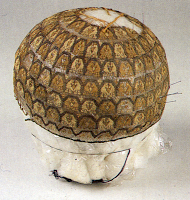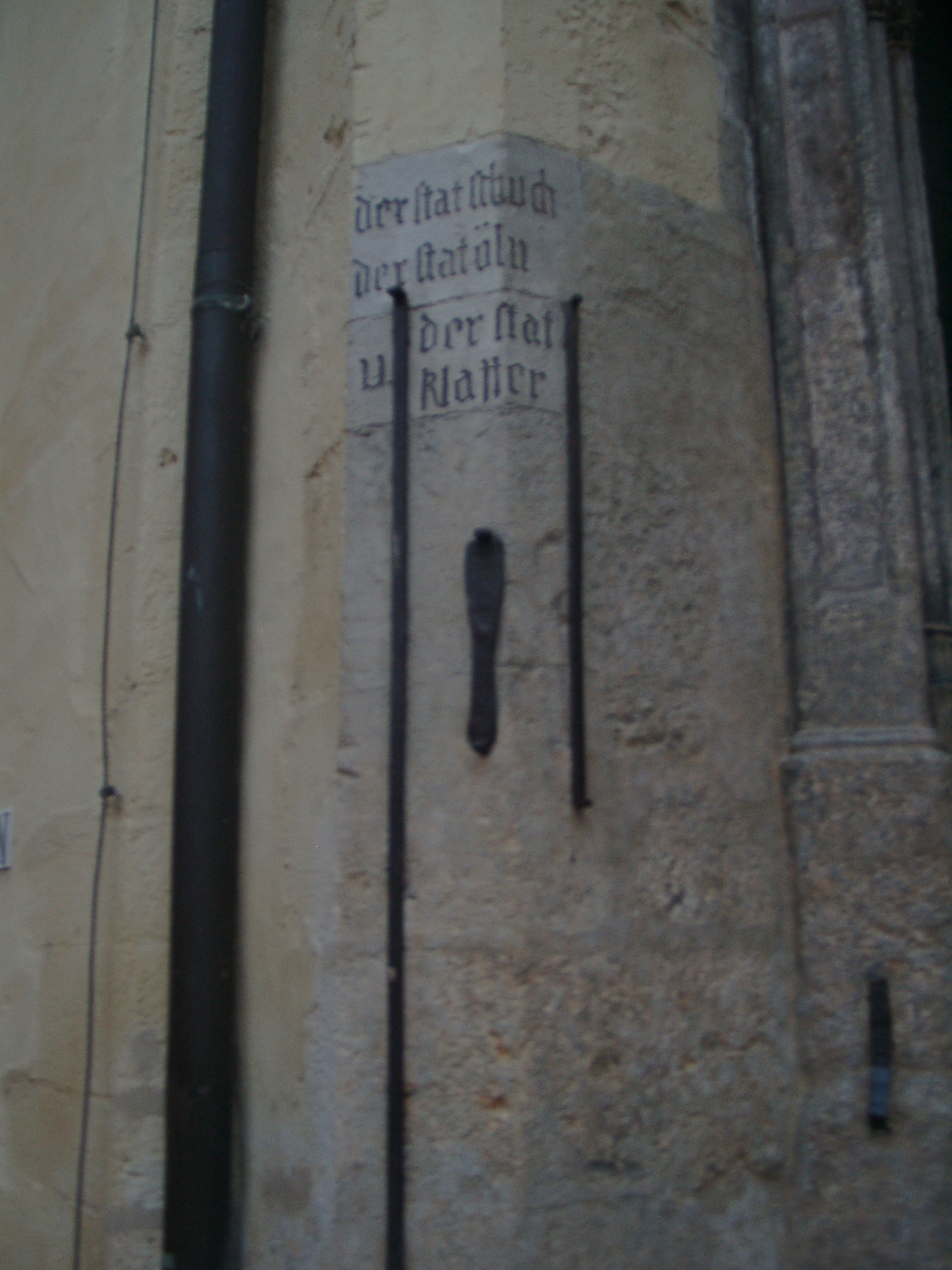Time

for a little sequel for the hairnet series - all because we did a little math yesterday...
I met up with the lady who did my netting needle, and I have ordered a really teeny slim one - suitable for making very fine mesh. Think Sint-Truiden: think this net:

It is listed as catalogue nr. 102, made of silk thread in rose and beige and almost fully embroidered with silk in grey, beige and white. Mesh size? The publication states 64 mesh per square centimeter, which translates to very little more than one millimeter mesh size! Now that is tiny.
The little math yesterday I hinted at? We tried to calculate how long making such a net would take. The following number crunchies are probably not accurate, but meant to give me (and now you) an idea about how much of a time-sink something like this piece can be.
The basis for our calculation was the net I have almost finished, with the mesh size of 4 mm. For this net, I can pretty safely state about 30 hours for the net until completion, including wetting and setting the finished net. When calculating the same overall size for the tiny-meshed net, I'd need about 16 times the amount of single meshes for the tiny net (since there would fit 16 meshes into one large mesh). Which means 16 times 30 hours, that is 480 hours just for the base of the hairnet! Add to that the embroidery, which I'd guess takes at least as long (maybe one of the embroidering people can pitch in here) - that would leave you at roughly one thousand hours of work just for a puny hairnet.
For sake of comparison, let's translate this into a modern working schedule, with a five day week, fourty hours work time each week. That means twentyfive weeks of work, full-time, provided you really work for eight hours a day on the net, with no distraction whatsoever. Let's add in a week for all the rub-your-eye breaks, breaking threads, bad hair (netting) days, and tea-and-cookie breaks. That means one skilled textile person will work half a year, full-time, nothing else done, just for the puny hairnet.
And people seeing such a net in medieval times will
know what this means. How much work this means - and thus, how much money.
So wearing this puny hairnet is something like putting a Ferrari into your garage. Wearing this little beauty is like really thumping the table with your bag of gold, so to speak.
Source: DECONINCK, E., GEORGE, PH., DE JONGHE, D., Y., VAN STRYDONCK M. J., WOUTERS, J., VYNCKIER, J. und DE BOECK, J.: Stof uit de Kist: De Middeleeuwse Textielschat uit de Abdij van Sint-Truiden. Leuven 1991. Catalog nr. 102.






